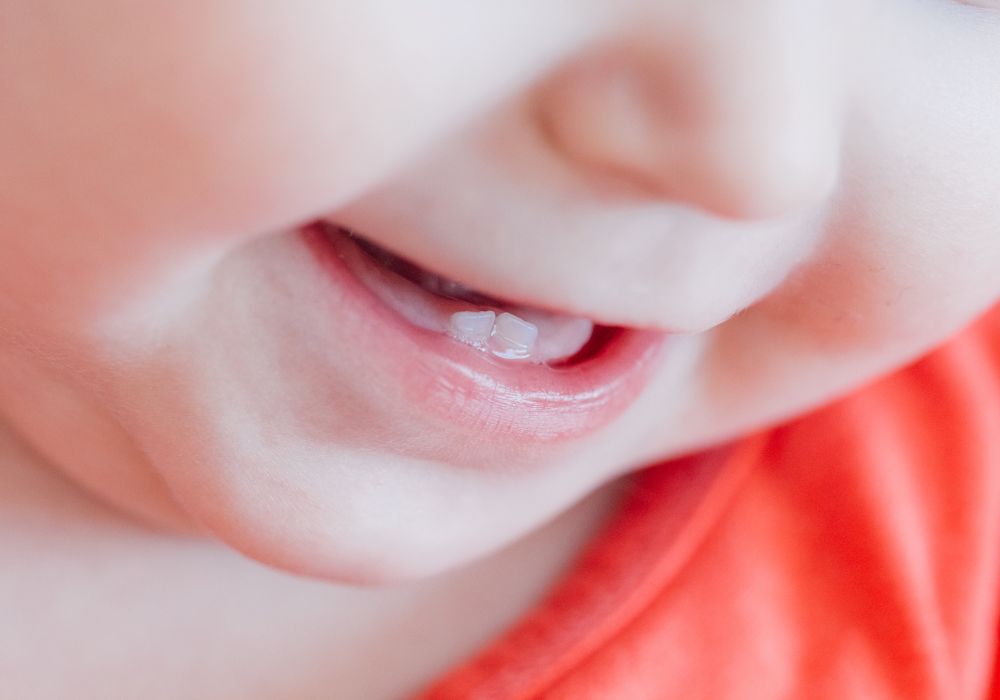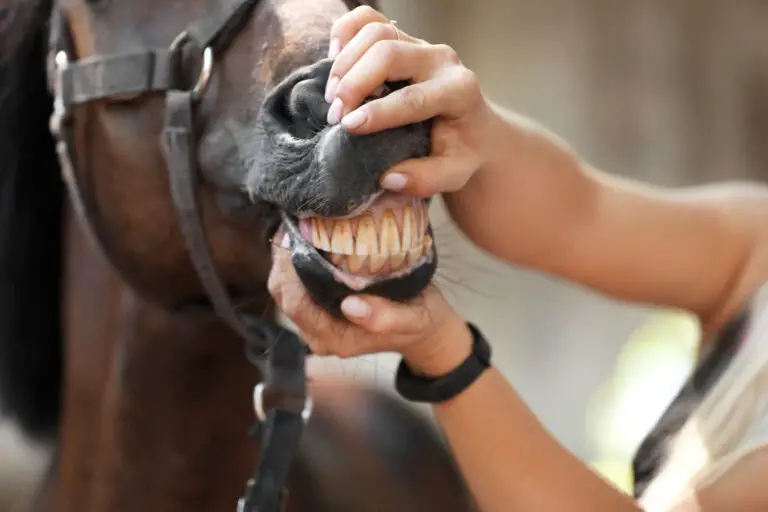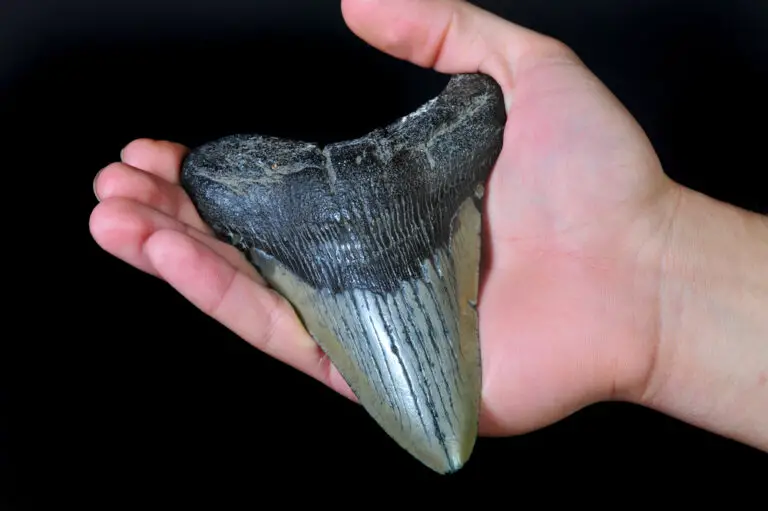Some new parents are surprised to find their babies born with teeth already present. While rare, these natal or neonatal teeth generally fall out within the first several months of life. Natal teeth emerge early due to developmental timing issues and often have inadequate root structure. But with proper care under your pediatric dentist’s guidance, they can safely exfoliate on their own, allowing normal teething patterns to continue.
What are Natal Teeth?
Natal or neonatal teeth refer to teeth present from birth. True natal teeth have erupted fully through the gums, with visible crowns and roots attached to the jawbone. Small tooth buds under the gums are different than erupted natal teeth.
True natal teeth are uncommon, occurring in only about 1 in every 2,000 to 3,000 births. But when present, they typically appear in pairs and most often affect the lower central incisors. The cause is unknown but may involve genetics, hormones, or other developmental factors.
Natal teeth shouldn’t be confused with normal primary or “baby” teeth that begin erupting around 6 months of age. While natal teeth arrive prematurely, most babies follow the standard teething schedule later on.
Potential Issues With Natal Teeth

Because they erupt earlier than an infant can handle chewing, natal teeth may cause certain problems:
- Breastfeeding difficulties: Sharp natal teeth can irritate mom’s nipple or obstruct baby’s latch and suckling.
- Tongue injury: An infant may rub their tongue repetitively against the sharp teeth, causing sores or ulcers.
- Aspiration risk: Very loose natal teeth could detach and pose a choking hazard.
- Enamel defects: Early removal may damage developing permanent teeth under the gums, causing hypoplasia.
- Interference with speech development: Limitations in tongue movement from teeth overcrowding can delay language skills.
- Tooth misalignment: Premature presence of teeth alters normal spacing, possibly requiring orthodontic correction later on.
Thankfully, most natal teeth don’t cause major problems before they fall out. But your pediatrician and dentist monitor closely to avoid complications.
Do Natal Teeth Require Removal?
Loose natal teeth often exfoliate spontaneously within the first month after birth. But dental extraction may be recommended if they:
- Cause significant breastfeeding or bottle-feeding problems after other interventions fail
- Are very loose but not falling out weeks to months after birth
- Present a choking risk due to extreme mobility
- Are located outside the alveolar ridge
- Disrupt tongue positioning and oral development
Extraction should be delayed until around 4-6 months to avoid damaging developing permanent teeth that haven’t fully calcified and hardened under the gums.
When Do Most Natal Teeth Fall Out?

The timing varies, but natal teeth typically fall out within the first few months:
- 40% detach within the first 4 weeks. They are often incredibly mobile at birth due to inadequate root formation. Spontaneous loss quickly after delivery is common.
- 90% shed by 6 months. The normal eruption of primary teeth with stronger roots helps push out any persisting natal teeth that haven’t yet detached.
- Most exfoliate before age 1. Rarely, some natal teeth have developed sturdy root structures and may persist longer. But eventually, they fall out once standard baby teeth come in.
Shedding typically occurs faster for lower incisor natal teeth, which are the most frequent pair to appear. Proper timing prevents permanent tooth disturbance and allows the natural primary teeth to erupt normally.
Caring for Natal Teeth
Caring for surprising neonatal teeth includes:
- Wiping teeth with soft gauze or wet cloth to remove food debris
- Rinsing after feeding with water
- Using an infant finger brush very gently once tolerated
- Monitoring for sharp edges that may irritate baby’s mouth
- Discussing any feeding, speech, or comfort concerns with your pediatrician
- Seeing your pediatric dentist within the first 1-2 months for evaluation
- Allowing detachment on their own once adequately loosened from the root
Proper care minimizes problems while awaiting natural exfoliation. Then continue diligent oral hygiene as your baby’s regular teeth come in.
Questions About Natal Teeth

Here are answers to some frequently asked questions about newborn teeth:
Is it normal for babies to be born with teeth?
No, natal teeth only occur in about 1 in 2,000 births, making them abnormal but not extremely rare. Teeth are expected to erupt around 6 months normally. But natal teeth are due to developmental timing issues and rarely indicate other problems.
Will natal teeth affect permanent teeth coming in?
They shouldn’t if handled properly. Removing natal teeth too early before permanent buds harden under the gums can damage them. But allowing natural exfoliation based on your dentist’s assessment prevents problems with adult teeth later.
How can I soothe breastfeeding pain from natal teeth?
Try different holds that insert the nipple toward the roof of baby’s mouth. Use breast shields to protect nipples. Pump breast milk if needed until exfoliation. Seek lactation support. Filing sharp edges may help but avoid total removal until 6 months old.
Do natal teeth require special care?
Keep natal teeth gently clean with water, gauze, or a soft cloth until your baby tolerates an infant finger brush. Avoid pullong on extremely loose teeth. See your pediatric dentist early on for evaluation. Then continue typical baby oral hygiene practices once they fall out.
How do I manage a natal tooth that falls out on its own?
Let your baby’s dentist know if a natal tooth detaches on its own so they can check for any remnants of tooth root left behind. Proper healing helps permanent teeth eventually fill in. You may save naturally shed natal teeth to show the pediatric dental team.
Key Takeaways About Natal Teeth

- Natal teeth emerge at birth in about 1 in 2,000 infants, often the lower central incisors.
- Rigorous root structure is inadequate, causing most natal teeth to loosen and fall out in the first months.
- Potential issues include feeding, speech, and airway trouble. But many natal teeth exfoliate without incident.
- Extraction is avoided until at least 4 months old unless teeth are very problematic.
- Around 90% shed by 6 months as regular baby teeth push through and displace them.
- Allow loose natal teeth to detach naturally. Monitor for sharp edges, decay, and feeding impact.
- Seek dental evaluation early on and continue typical oral hygiene once natal teeth fall out.
Though shocking at delivery, natal teeth are rarely permanent. With monitoring and proper timing of removal, they can exfoliate smoothly before your baby’s usual teething schedule begins.
Conclusion
Discovering your newborn has natal teeth can certainly be alarming for parents. However, while an uncommon quirk of development, natal teeth generally pose little long-term concern. The prematurely erupted teeth often detach on their own within the first weeks or months due to inadequate root formation. Your pediatric dentist carefully monitors for any issues like feeding difficulties, speech interference, or injury. With proper care and handling, natal teeth allow for normal primary tooth development to follow after they fall out. Patience and avoidance of premature removal allows these surprise teeth to naturally exfoliate in their own time. Before you know it, your baby’s natal teeth will be just a distant memory as their normal baby teeth erupt right on schedule.
FAQ
Q1: How do I tell if my newborn’s tooth buds are natal teeth or just under the gums?
You can distinguish natal teeth from unerupted buds by the presence of visible tooth crowns fully emerged through the tissue. Buds may appear as bulges under the gums but lack fully erupted teeth. Your dentist confirms using imaging if needed.
Q2: Can natal teeth be whitened?
No, avoid whitening natal teeth. The teeth are still developing so whitening agents should not be used until permanent teeth erupt. Bleaching premature baby teeth can disturb enamel maturation. Just gently clean natal teeth and allow them to fall out on their own when ready.
Q3: Is an x-ray required to diagnose natal teeth?
Not necessarily. Natal teeth are visually apparent, while buds are still covered by gums. But your dentist may x-ray to evaluate the maturity of permanent tooth roots and determine the health of surrounding bone if intervention is needed.
Q4: What should I do if a natal tooth turns grey or dark?
Discoloration suggests the root is resorbing in preparation for the tooth detaching soon. Ensure proper oral hygiene while awaiting exfoliation. If it persists too long without falling out, have your dentist evaluate for potential infection preventing natural shedding.
Q5: How will I know when my child’s natal tooth is ready to come out?
Signs a natal tooth is ready for removal include extreme mobility, greyish hue, or transparency indicating root resorption. Your dentist confirms it is safe to extract without damaging permanent teeth under the gums, usually around 4-6 months old. Allow natural exfoliation if possible.
Caring properly for unexpected natal teeth ensures your baby transitions smoothly to their typical teething schedule. With dental monitoring and good oral hygiene, these extra newborn chompers soon detach on their own without issue.






